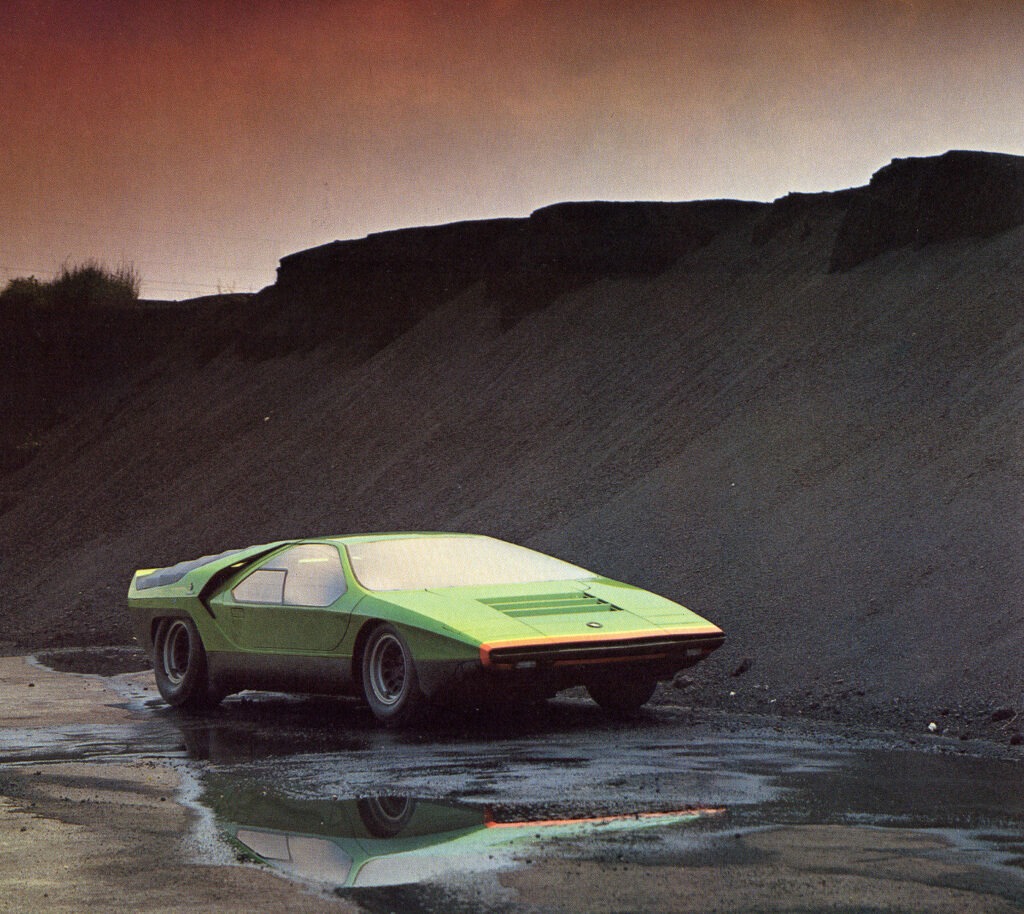
The Alfa Romeo Carabo by Bertone stands as a beacon of innovation and a pioneering force in the automotive world, transcending its era to become a pivotal point in the history of car design. Born from the Alfa Romeo Tipo 33 Stradale chassis, this dream car marked the commencement of a series of six exceptional vehicles crafted by the premier Italian coachbuilders of the late 1960s and early 1970s.
Roots in Racing Success
The inception of the Carabo can be traced back to the triumph of the Alfa Romeo Tipo 33 racing sports car, designed by Carlo Chiti, which made its debut in 1966. Autodelta, Alfa Romeo’s subsidiary, engaged in various racing championships, including the 1967 World Sports Car Championship, with the Tipo 33. This racing success prompted the creation of the road version, the Tipo 33 Stradale, in 1967. However, its commercial success faced challenges due to its high price, technical complexity, and rounded body design.
Aesthetic Renaissance: Bertone's Commission
To rekindle interest in the Stradale, Alfa Romeo sought the expertise of Italian design studios, commissioning Bertone, Italdesign, and Pininfarina in 1968. Bertone, led by the visionary Marcello Gandini, emerged as the torchbearer of innovation by unveiling the Carabo at the Paris Motor Show in October 1968.
The Carabo: Design Revolution
The name “Carabo” draws inspiration from the beetle Carabus auratus, known for its vibrant metallic colors. True to its namesake, the Carabo’s luminescent green body with orange details and gold glass exuded a captivating aura.
Crafted in just 10 weeks, the Carabo’s fiberglass body introduced a groundbreaking wedge-shaped profile that revolutionized automotive aesthetics. This design innovation, credited to Gandini, laid the foundation for numerous iconic cars, including the Lancia Stratos Zero and the Lamborghini Countach.
Design Details: A Symphony of Innovation
The front end of the Carabo is a testament to Gandini’s design prowess, featuring a sharp metallic orange stripe, sleek pop-up headlights, and a distinctive Alfa Romeo logo crowned by a black plastic ring.
The side profile, divided into metallic green and black halves, showcases gold mirrored VHR windows and pioneering “scissor” doors – a feature that would later become a Lamborghini trademark.
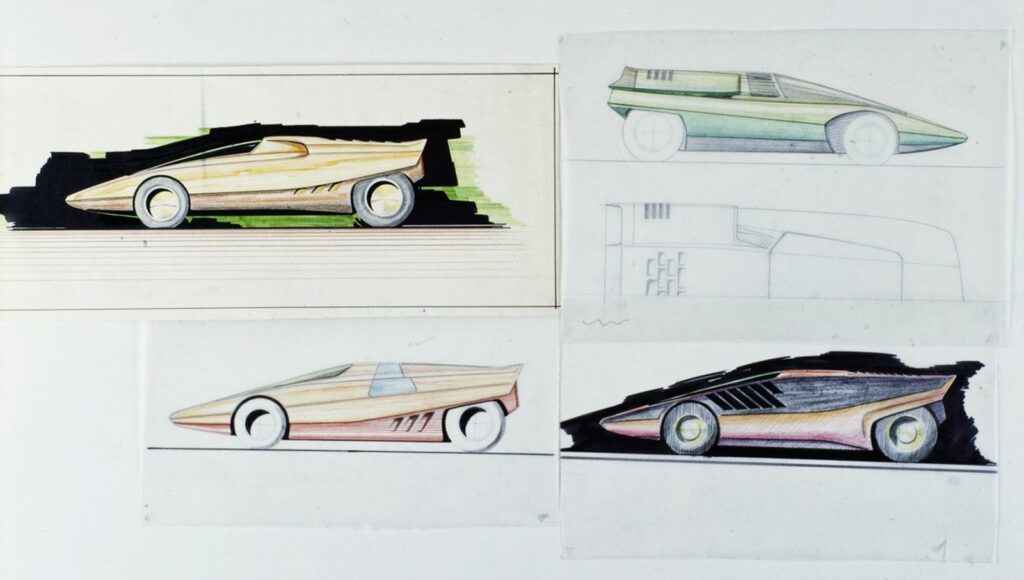
The rear of the Carabo incorporates a fixed louver with black plastic slats, providing ventilation for the engine and adding an element of mystique to the vehicle.
Inside, the Carabo keeps its interior simple yet sporty, with two well-crafted sport seats, a dashboard housing the speedometer and tachometer, and a unique black two-spoke goblet steering wheel with a depressed hub.
Power and Performance
Under the hood, the Carabo initially housed the same 1,995-cfm dual-ignition 8-cylinder V-cylinder engine as the Alfa Romeo 33 Stradale, delivering an impressive 230 hp. Later, for reasons unknown, the powerplant was replaced with a 2,593-cfm, 200-hp V8 from the Alfa Romeo Montreal, showcasing the adaptability of the platform.
Enduring Legacy: Beyond the Prototype
While the Carabo remained a one-off prototype, its influence extended far beyond its singular existence. Marcello Gandini and Bertone drew inspiration from this design marvel for other legendary cars, most notably the Lamborghini Countach, which replicated both the overall line and the iconic scissor doors.
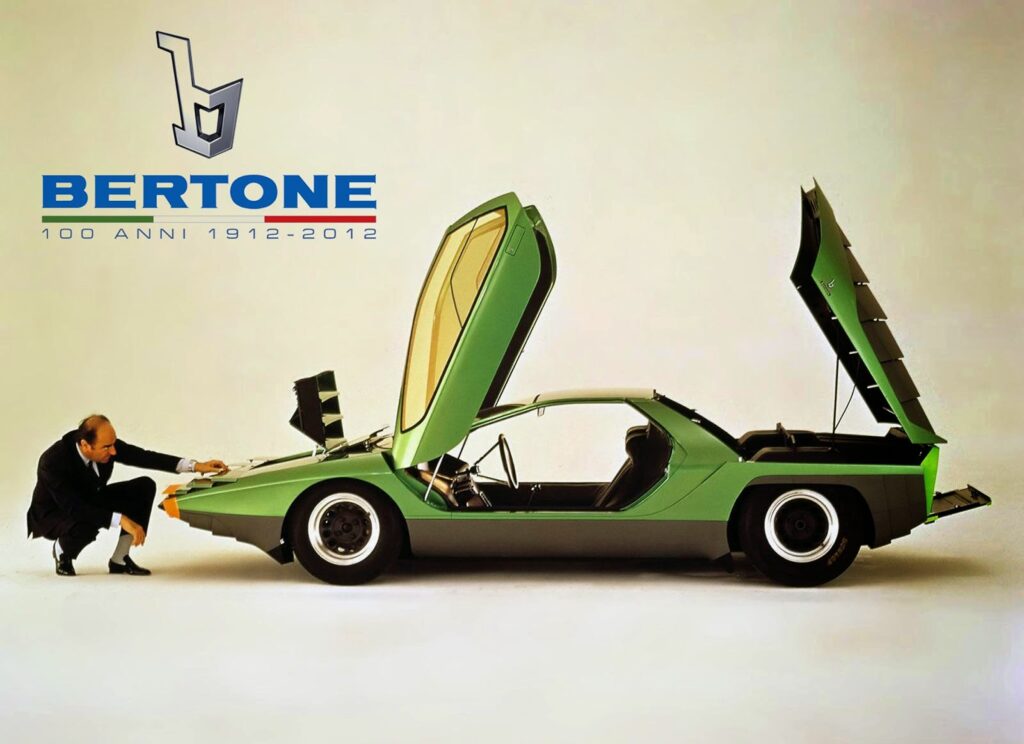
The Carabo’s impact is not limited to its immediate successors. Its wedge-shaped design became a template for mid-engined sports cars, influencing models like the Ferrari Dino 308 GT 4, Lotus Esprit, and Pontiac Fiero. The scissor doors, a pioneering feature of the Carabo, became a Lamborghini trademark, gracing models like the Countach, Diablo, Murciélago, and Aventador.
Various design elements from the Carabo found their way into other production vehicles, showcasing the far-reaching impact of this groundbreaking concept car. Louvre-like cladding reminiscent of the Carabo is visible in the Lamborghini Urraco and the DeLorean DMC-12. The hexagonal doors and pronounced wedge shape influenced the design of cars produced by the US sports car manufacturer Vector.
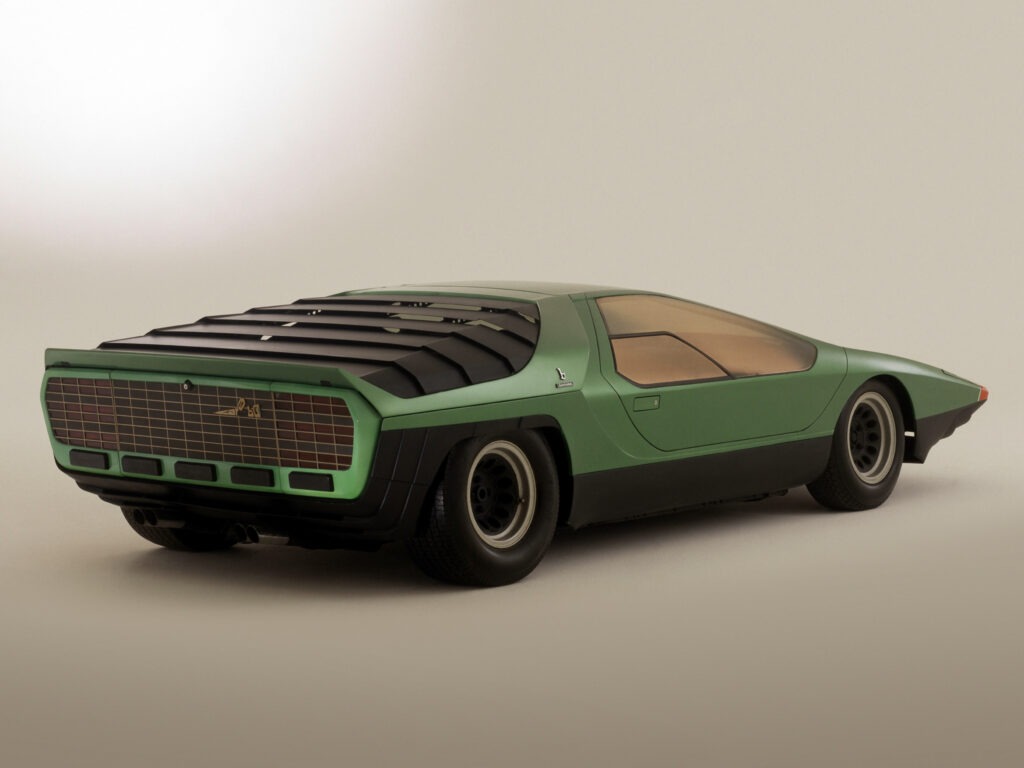
Preservation and Restoration
In 1989, the Carabo underwent an extensive restoration, ensuring its preservation for future generations to admire in its original glory. The Museo storico Alfa Romeo in Arese proudly showcases this automotive gem, allowing visitors to appreciate the Carabo’s unique design and its enduring impact on the world of automobiles.
Cultural Impact: Inspiring Generations
The Alfa Romeo Carabo by Bertone, with its captivating design and trailblazing features, remains an icon that continues to captivate enthusiasts and inspire designers worldwide. Its cultural impact extends beyond automotive circles, influencing art, fashion, and design.
As contemporary designers continue to push the boundaries of innovation, the Carabo’s enduring legacy remains visible in the sleek lines, bold choices, and avant-garde features of modern supercars and concept vehicles. Its influence echoes in the fusion of performance and aesthetics that define the latest generation of sports cars.
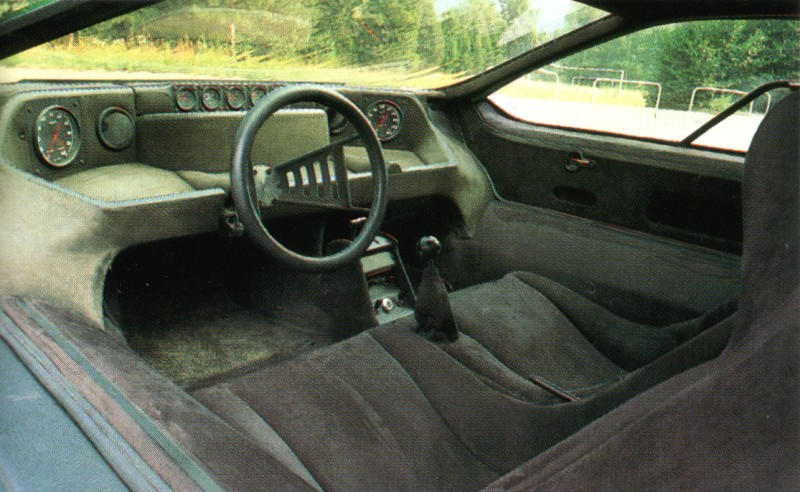
The Alfa Romeo Carabo by Bertone stands as a timeless source of inspiration, offering a glimpse into the limitless possibilities of automotive design. As technology evolves, and design philosophies adapt, the Carabo’s legacy will undoubtedly continue to inspire the next generation of designers, ensuring its place in the pantheon of automotive excellence for years to come.
Conclusion
In conclusion, the Alfa Romeo Carabo by Bertone is not merely a car; it is a work of art, a symbol of innovation, and a timeless testament to the power of visionary design. Its journey from a one-off prototype to a cultural icon is a reflection of the enduring impact that exceptional design can have on the world. As we celebrate the Carabo’s legacy, we honor the spirit of creativity and craftsmanship that continues to drive the automotive industry forward. The Carabo remains an immortalized chapter in the annals of automotive history, a testament to the artistic fusion of form and function that defines the true essence of a dream car.

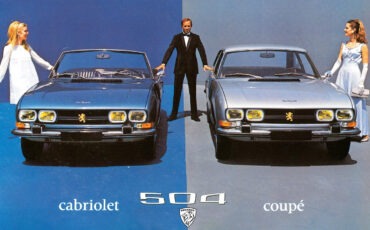
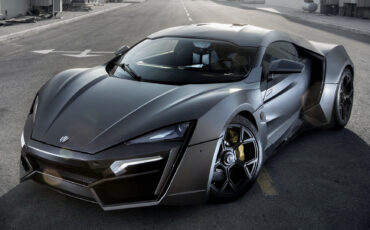
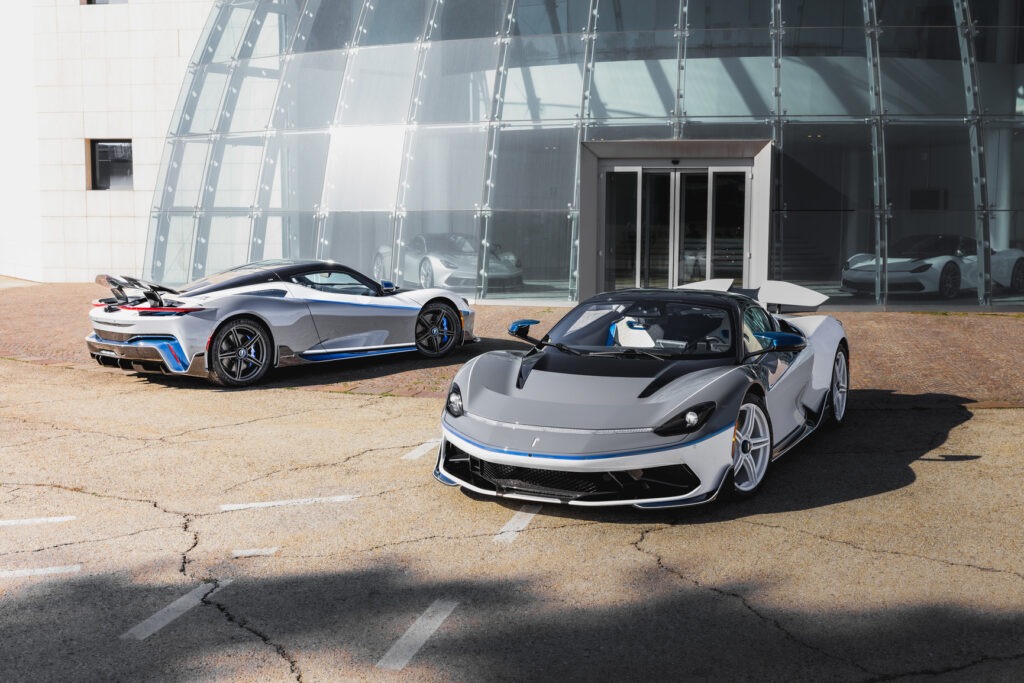
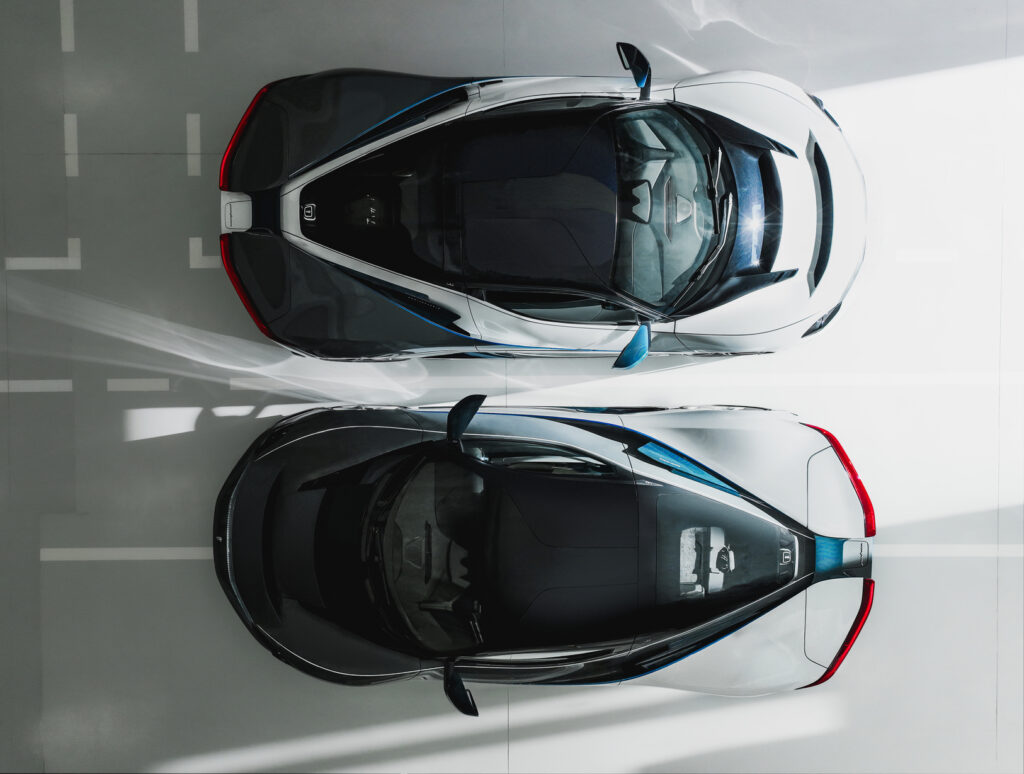
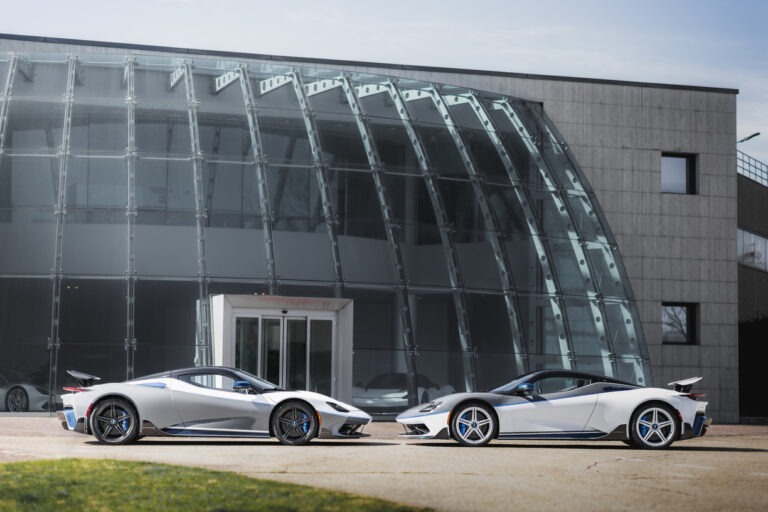
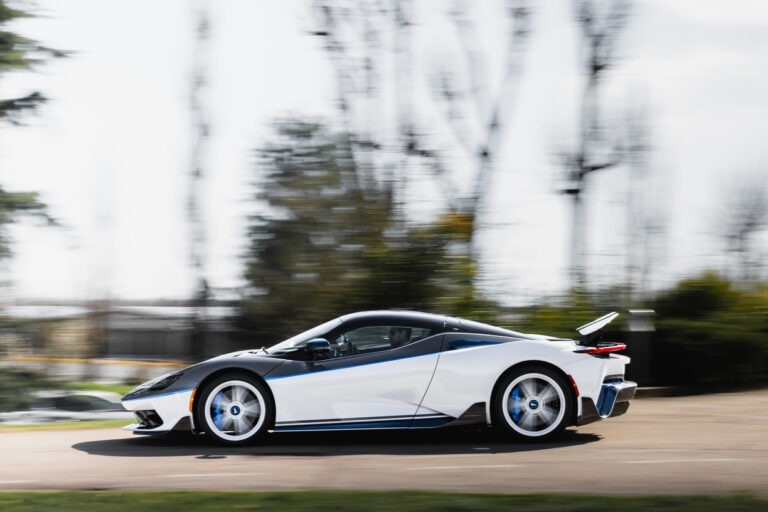
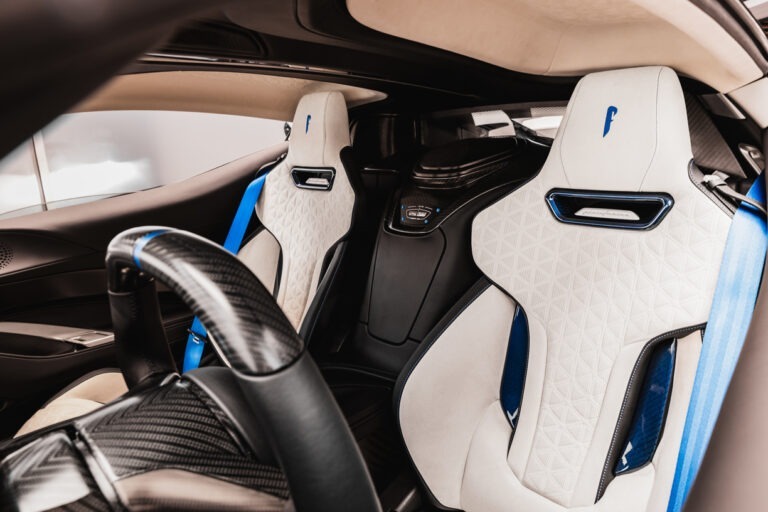
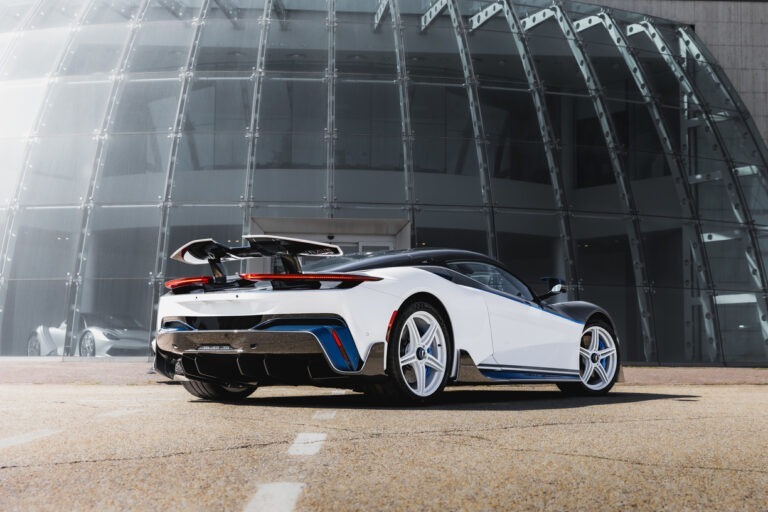
Bertone è stato sicuramente il carrozziere innovativo e coraggioso di tutti! Va dato gran merito a Gandini ma soprattutto a Nuccio per avergli dato tutta la libertà!
This is the best automotive website ever! I am learning so many new things! I didn’t know all these exotic prototypes made in italy!
Bertone made the most spectacular prototypes ever!
totally agree, Bertone + Gandini was the perfect match
Sopratutto i prototipi Bertone anni 60/70, uno spettacolo